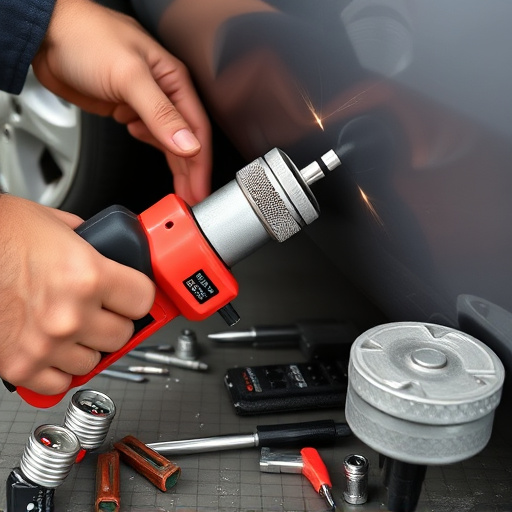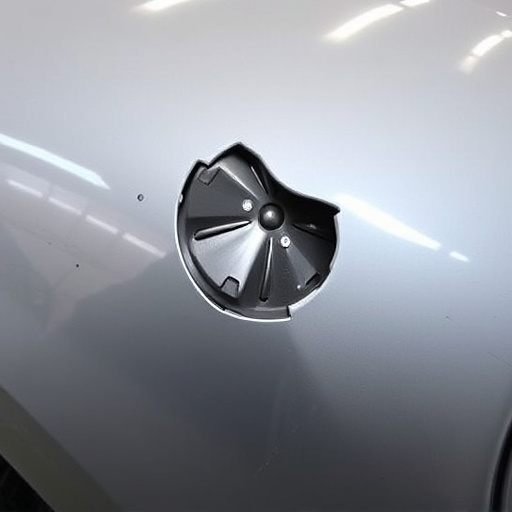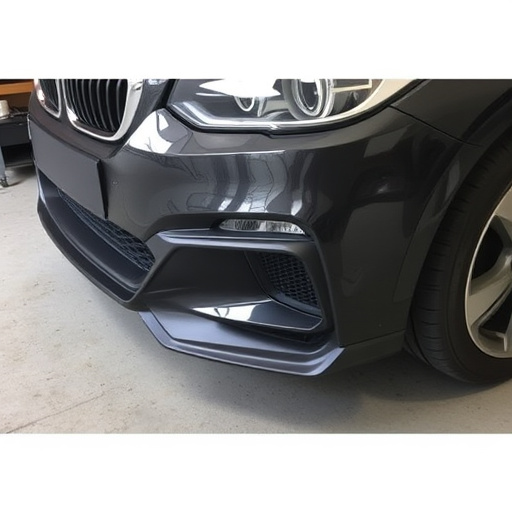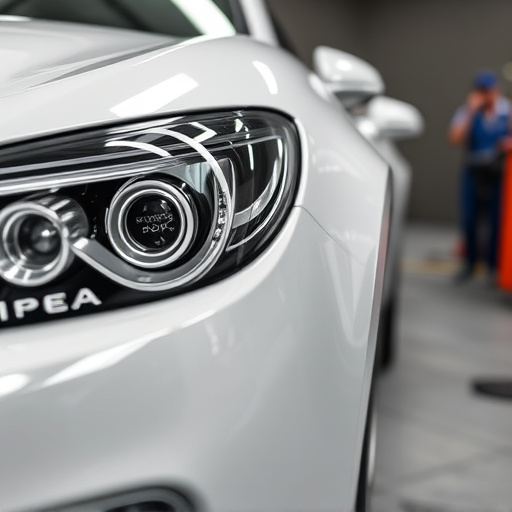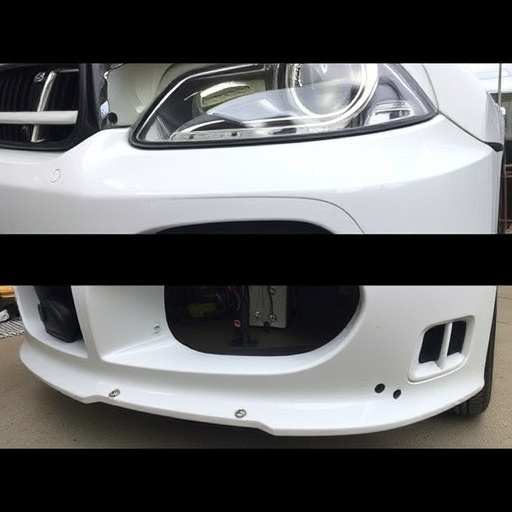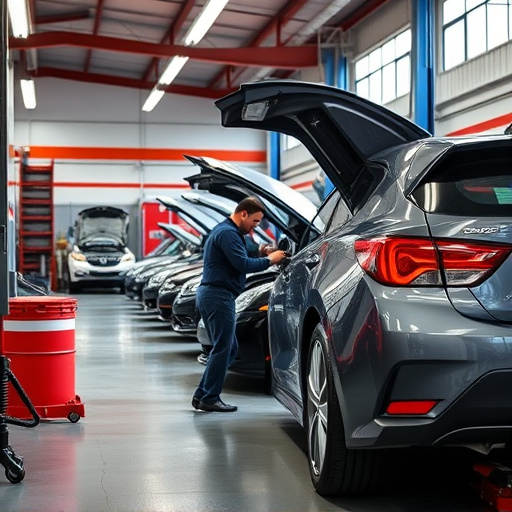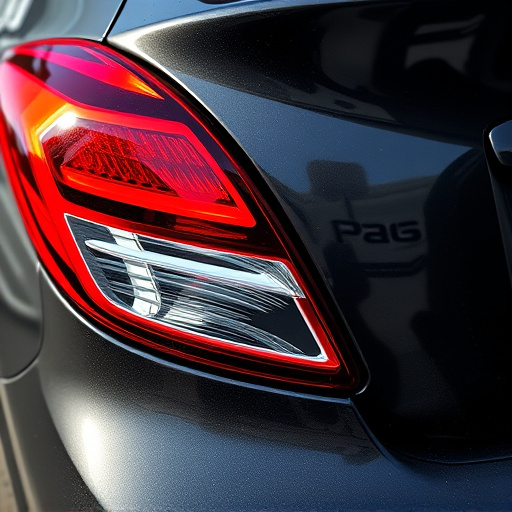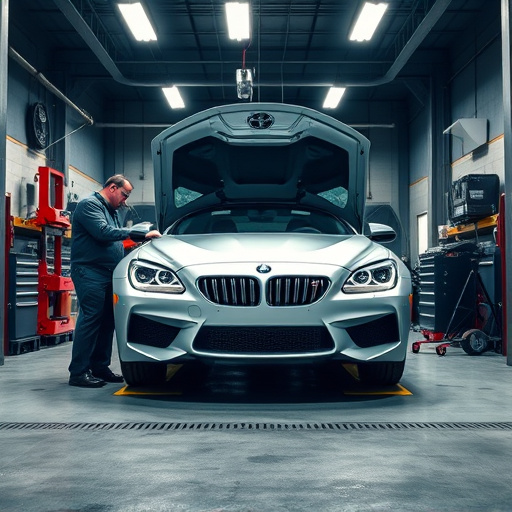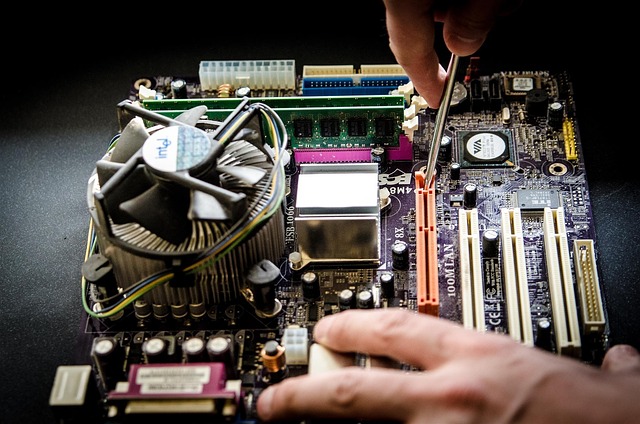Bumper damage from weather, debris, or error requires prompt attention to prevent structural weakness. Plastic bumper repair, a cost-effective and eco-friendly solution, effectively addresses minor dents and cracks, enhancing aesthetics and preserving vehicle value. This guide outlines a systematic approach: cleaning, dent removal, filler application, sanding, priming, and painting for a seamless finish matching the car's original color.
Small cracks and dents on your car’s bumper can be more than just aesthetic issues. Promptly addressing them with plastic bumper repair is a cost-effective solution that beats replacement for both your wallet and the environment. This article explores the common causes of bumper damage, highlights the advantages of plastic bumper repair over replacement, and provides a step-by-step guide to ensure effective do-it-yourself repairs.
- Understanding Common Causes of Bumper Damage
- Benefits of Plastic Bumper Repair Over Replacement
- Step-by-Step Guide to Effective Plastic Bumper Repairs
Understanding Common Causes of Bumper Damage
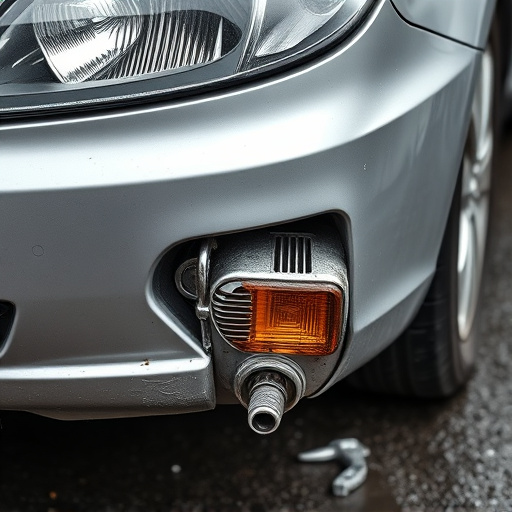
Bumper damage is a common issue that can arise from various daily activities and environmental factors. Understanding these causes is essential when considering plastic bumper repair as a solution. One of the primary reasons for bumper deterioration is simple wear and tear, especially in regions with harsh weather conditions. Extreme temperatures can cause the bumper’s material to shrink or expand, leading to small cracks over time. Additionally, road debris like stones, sticks, or metal fragments can impact the bumper, causing dents and scratches that may go unnoticed but eventually contribute to structural weakness.
Another factor is human error during auto maintenance. Improper installation of bumpers or failure to fix smaller damages early on can result in more extensive issues. Moreover, automotive repair services often involve sophisticated techniques like car paint repair, which, if not executed meticulously, might compromise the bumper’s integrity. Regular auto maintenance and prompt attention to minor cracks can prevent significant damage, making plastic bumper repair a viable option for both cosmetic enhancement and structural restoration.
Benefits of Plastic Bumper Repair Over Replacement
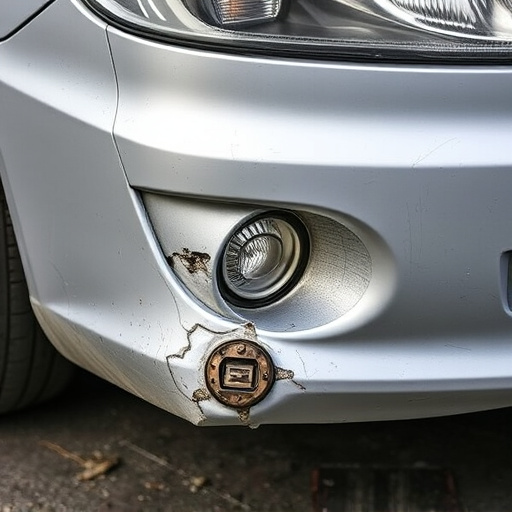
Plastic bumper repair offers a cost-effective solution for minor dents and cracks compared to replacing the entire component. It’s an eco-friendly option as it reduces waste by repurposing the existing bumper, which is especially beneficial for older vehicles with classic designs that might be hard to source.
This process not only saves money but also time spent waiting for new bumpers to arrive or dealing with lengthy manufacturing lead times. A plastic bumper repair service, often provided by trusted body shop facilities or collision centers, can restore your vehicle’s aesthetic appeal in a fraction of the cost and time required for a replacement. Moreover, skilled technicians can ensure precise repairs that maintain the original fit and finish, preserving the vehicle’s value and longevity.
Step-by-Step Guide to Effective Plastic Bumper Repairs
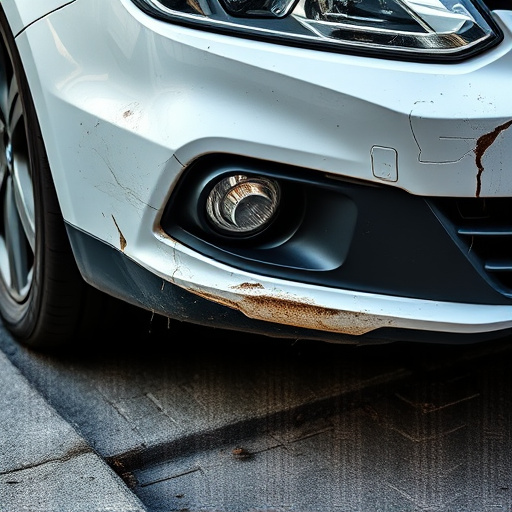
Handling small cracks in your car’s plastic bumper doesn’t have to be a daunting task. With the right tools and a systematic approach, you can easily restore your vehicle’s aesthetic appeal with a plastic bumper repair. Here’s a step-by-step guide to help you get started:
1. Preparation: Begin by cleaning the damaged area thoroughly. Remove any dirt, dust, or debris using a soft cloth and mild soapy water. This ensures that the adhesive bond is strong and long-lasting. Dry the surface completely before proceeding.
2. Remove the Dent: Using a dent removal tool, carefully work on lifting the depressed area until it returns to its original shape. This process involves applying even pressure and might require some patience. Once the dent is removed, inspect the crack for length and depth. For small cracks, you may skip the next step of using a filler and move directly to painting.
3. Filler Application (if needed): If the crack is deep or runs across multiple directions, applying a plastic bumper repair filler can help smooth out the surface. Fill the crack thoroughly, ensuring it’s level with the surrounding plastic. Let it dry completely according to the product instructions.
4. Sand and Prime: After the filler has set, gently sand the repaired area using fine-grit sandpaper. This step ensures a smooth finish and promotes better adhesion for the paint. Clean any dust particles with a damp cloth and allow the surface to dry again. Apply an automotive primer designed for plastic to prepare the bumper for painting.
5. Painting: Use a high-quality plastic or polyester paint suitable for car bodies. Paint the repaired area in thin, even coats, allowing each coat to dry as instructed by the manufacturer. This process may take several coats to achieve a seamless finish that matches your car’s original color perfectly.
Small cracks and dents in your car’s bumper can be easily managed with plastic bumper repair, offering a cost-effective and eco-friendly alternative to replacement. By understanding common causes of damage, leveraging the benefits of plastic bumper repair over replacement, and following a simple step-by-step guide, you can effectively restore your bumper to its original condition. Embrace this efficient solution for a seamless and affordable repair process.
